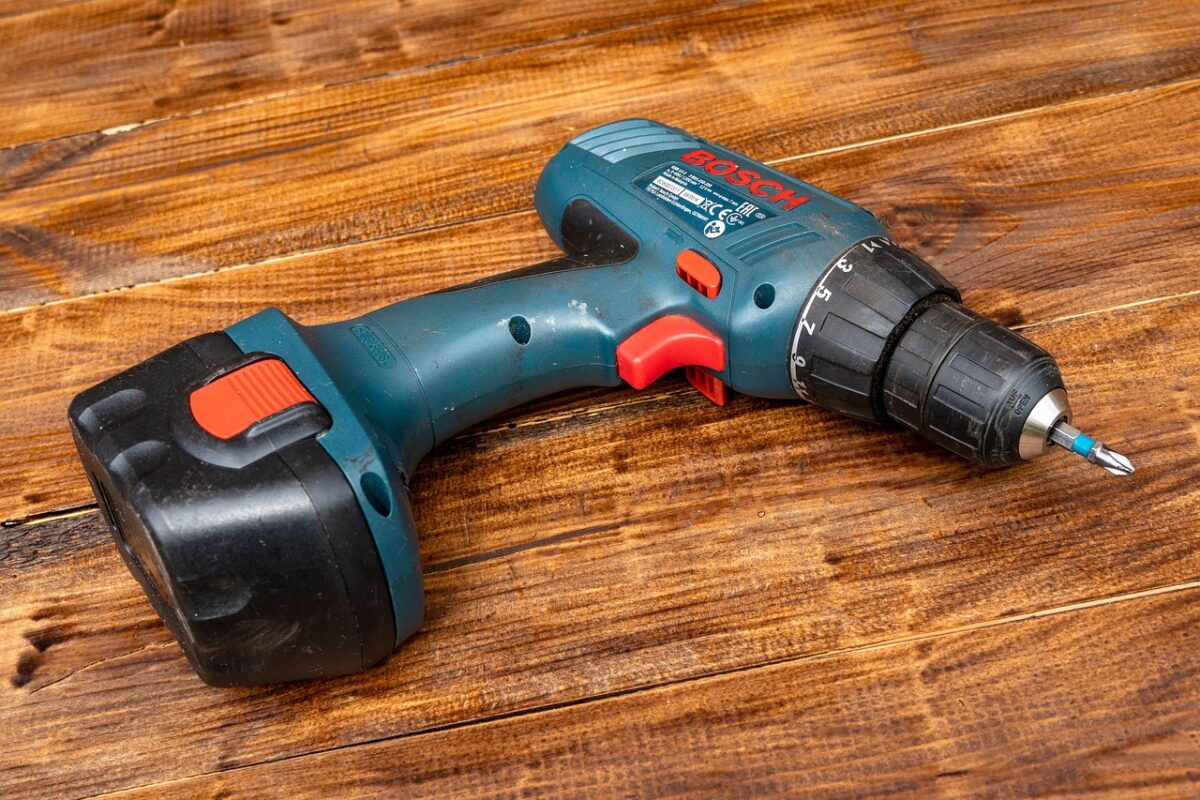As DIY enthusiasts and professionals have likely experienced, nothing seems more challenging and frustrating than wrestling with an uncooperative bit of drilling. As someone who has worked with power tools for many years, I have encountered drill bits slipping into nearly every material.
Unfortunately, this can cause accidents and prevent you from finishing your drilling projects. From years of practice, I’m going to help you understand why drill bit slipping occurs and provide solutions you can use the next time frustration sets in.
Contents
Why Is My Drill Bit Slipping?
The common reasons drill bits slip are due to friction, speed and pressure, and the use of incorrect bits. Drill bits may lose traction and spin in place. Particularly if you’re using the wrong bit type, it can also slip due to overwhelming speed or too much downward pressure.

The bit cannot grip and cut the material as intended when these circumstances are present at the same time or separately. The following explains why each of these conditions causes the bit to slip.
Friction
The key to clean drilling is friction. A bit needs to grip the surface it is drilling into to cut into the material. Without enough friction, it will spin without making progress.
However, there are situations and reasons why friction can sometimes cause drill bits to slip.
- Bit sharpness: A dull bit lacks the sharply ground edges needed to grab and cut the surface. Sharpening or replacing the bit can restore the grip.
- Bit type: Some bit types and materials provide more friction than others. A smooth, polished bit will be more prone to slipping than an aggressive, sharp bit.
- Workpiece material: Slick surfaces like metal, plastic, and composites can make it harder for bits to grab onto the surface, causing them to slip.
- Lubrication: Any oil, water, or other lubricant on the workpiece will severely reduce friction and lead to slipping. Make sure to clean and dry surfaces before drilling. Cleaning is also a solution to stop the drill bit from slipping in chuck, especially if the chuck is dirty.
- Feed force: Not applying enough downward force on the drill can allow spinning without cutting. Do not let the bit lose contact.
Speed and Pressure
An improper combination of velocity and pressure can cause bit slippage because there needs to be a balance between these two factors for optimal drilling. Here is a brief explanation:
- Speed: A faster drill speed can cause slippage if it does not allow enough time for the bit to grip the material. The bit may spin freely without cutting in.
- Pressure: Too much downward pressure can overwhelm the bit, causing it to get hot and lose friction at the cutting edges. However, too little pressure prevents the bit from digging into the material.
Finding the right speed-pressure balance allows friction to develop so the bit can bite into the material properly.

Incorrect Bit
An incorrect bit selection can cause slippage because different materials require bits with specific properties to achieve optimal friction and cutting. Here are some reasons an improper bit choice leads to slip:
- Hardness: Bits need to be harder than the material being drilled to cut into it effectively. A bit too soft will lack the edge hardness to grip and cut the material. That is why you need to use the right drill bit for metal, which can be different on wood.
- Coating: Some coatings like titanium nitride reduce slippage in metal, while others like black oxide, work better on wood.
- Shape: The wrong bit shape, such as using a Brad point in plastic, may skate without biting in.
- Size: An oversized bit can have too much surface area contacting the material, reducing friction per unit area. An undersized bit may not cut deep enough to establish grip.
- Flutes: The number and shape of flutes impact chip ejection and friction generation. An incorrect style leads to clogging and slippage.
The bit must match the material’s hardness, coating, shape, size, and flute design. A mismatch in any of these areas can cause it to slip. Ensuring you have the right grip will also help you keep your drill bit from wandering.
Related Questions
How Do You Stop a Drilling Bit From Slipping?
An effective way to stop a drill bit from slipping is to use a drill bit guide. This small tool is inserted into the drill chuck and helps align the drill with the material you are drilling.
Why Does My Bit Keep Slipping Out of the Screw?
One reason why bits keep slipping out of the screw is that the drill is too small for the screw. Make sure the bit is slightly smaller in diameter than the screw head. For instance, you should know what drill bit to use for a #5 screw or what drill bit size is for a 3/8 bolt.
Additionally, a dull bit will not grasp the screw as tightly as a sharp bit will.
What Keeps a Drill Bit in Place?
A bit is largely held in position by the drill’s chuck. The chuck is a customized clamp or holder that securely retains the bit and keeps it from slipping or coming loose when drilling.
Conclusion
A slipping drill can ruin a project and be downright aggravating. Yet, armed with the proper technique and bit, smooth, slip-free holes are within your reach. Be sure to hone that bit, dial in the perfect speed and pressure combo, and match the bit to the material.
